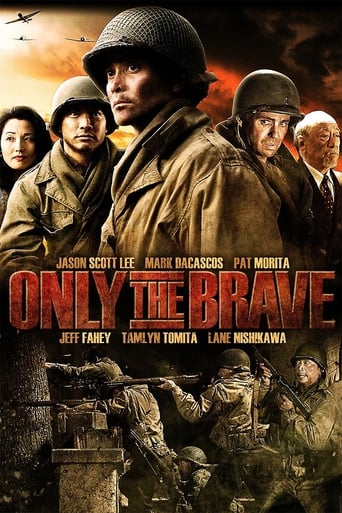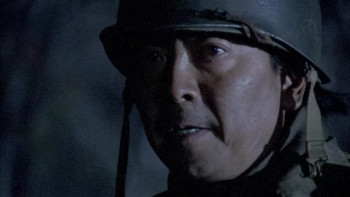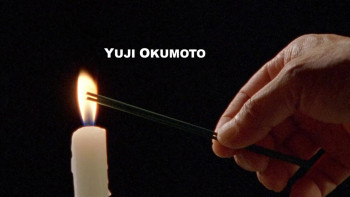Synopsis
In 1941, when Japan attacked Pearl Harbor, there were 5,000 Japanese Americans serving in the U.S. Armed Forces. Overnight, these second-generation citizens were stripped of their official duties - simply because they looked like the enemy. On the mainland, 120,000 innocent men, women and children were rounded up and swept into remote internment camps, where they would remain behind barbed wire for the duration of the war. Determined to prove their loyalty, the discharged Hawaiian Territorial Guardsmen of Japanese descent successfully petitioned the U.S. government to allow them to serve. These 1400 Hawaiian Nisei (second-generation Japanese-Americans) became the 100th Infantry Battalion. In July 1943, after rigorous training, they were sent to North Africa, then Italy. Fiercely courageous, they suffered so many casualties the 100th was soon dubbed the "Purple Heart Battalion." In June 1944, they were joined by the 442nd - comprised of Nisei volunteers from the internment camps and Hawaii - and proceeded to liberate five towns in Northern Italy. That September, they were shipped to Southern France and freed three more towns, before being recruited for what would become one of the top ten most important battles of World War II - the impossibly-dangerous rescue of the Texas "Lost Battalion." Two hundred and seventy-five men of the Texas' 36th Division had been trapped for more than a week on a high plateau in France's Vosges Mountains, surrounded by 7000 experienced German soldiers. Allied planes tried dropping them food and ammo, but the supplies kept rolling out of reach down the ridge. When attempts by much larger regular-Army units failed to break through, the 100th/442nd was ordered to finish the job. Though their ranks were already decimated and the Nisei were unimaginably exhausted, they spent four days and nights in brutal uphill hand-to-hand combat - while suffering frostbite and trench foot so severe they could hardly walk. The Nisei saved 211 out of the 275 Texans, but suffered more than 800 casualties of their own. During two years of combat, their extraordinary valor resulted in an unparalleled 21 Medals of Honor, 9486 Purple Hearts, eight Presidential Citations, 53 Distinguished Service Crosses, 588 Silver Stars and 5200 Bronze Star Medals - making them the most decorated unit of their size and length of service in American military history. The 100th/442nd as seen through the eyes of the men who lived it.
Director
Cast










